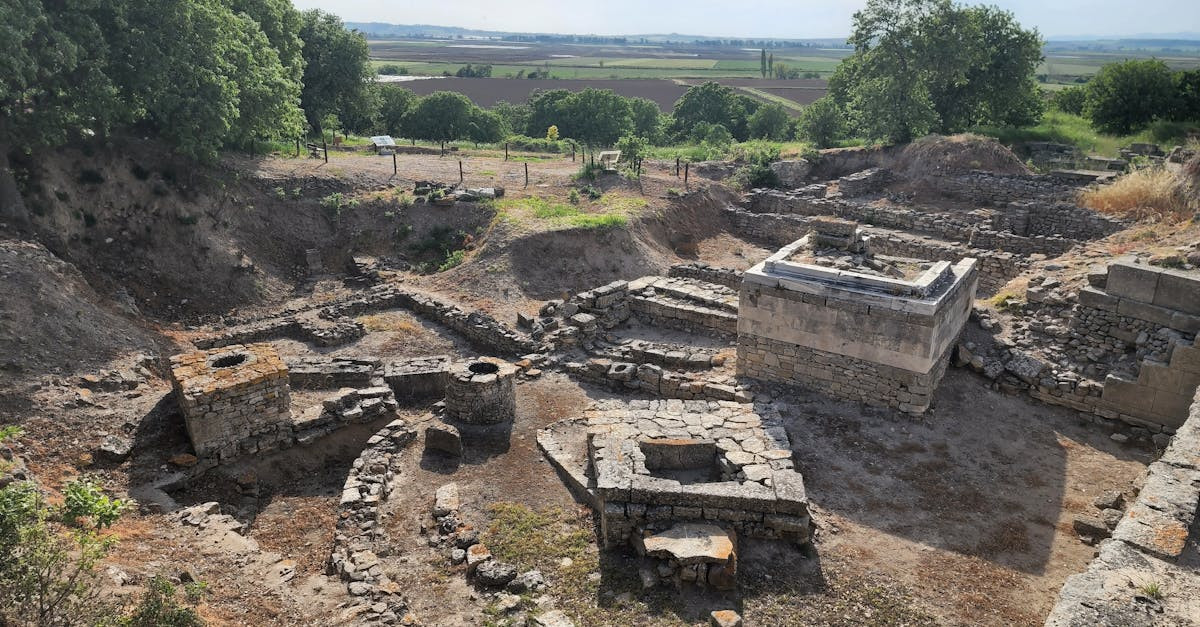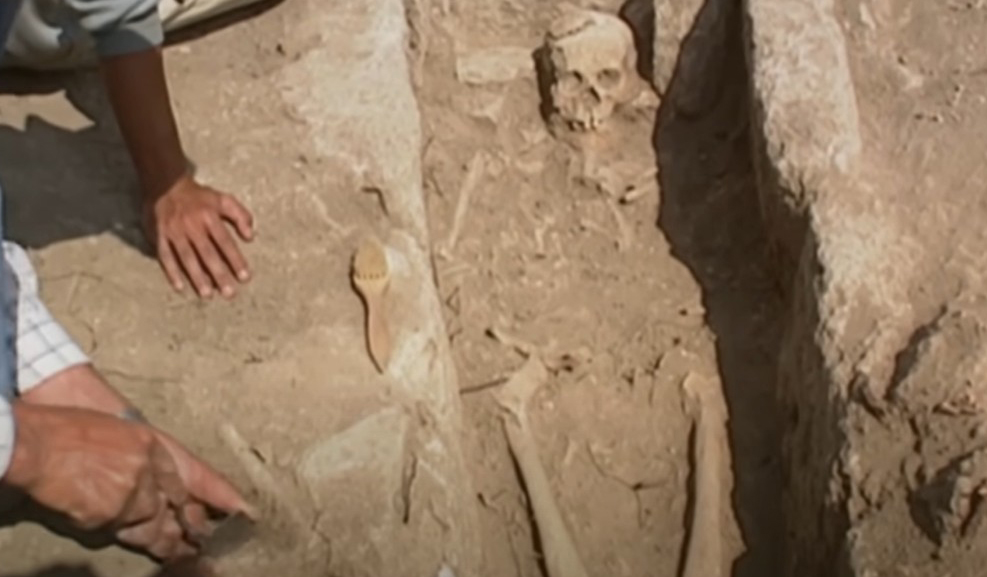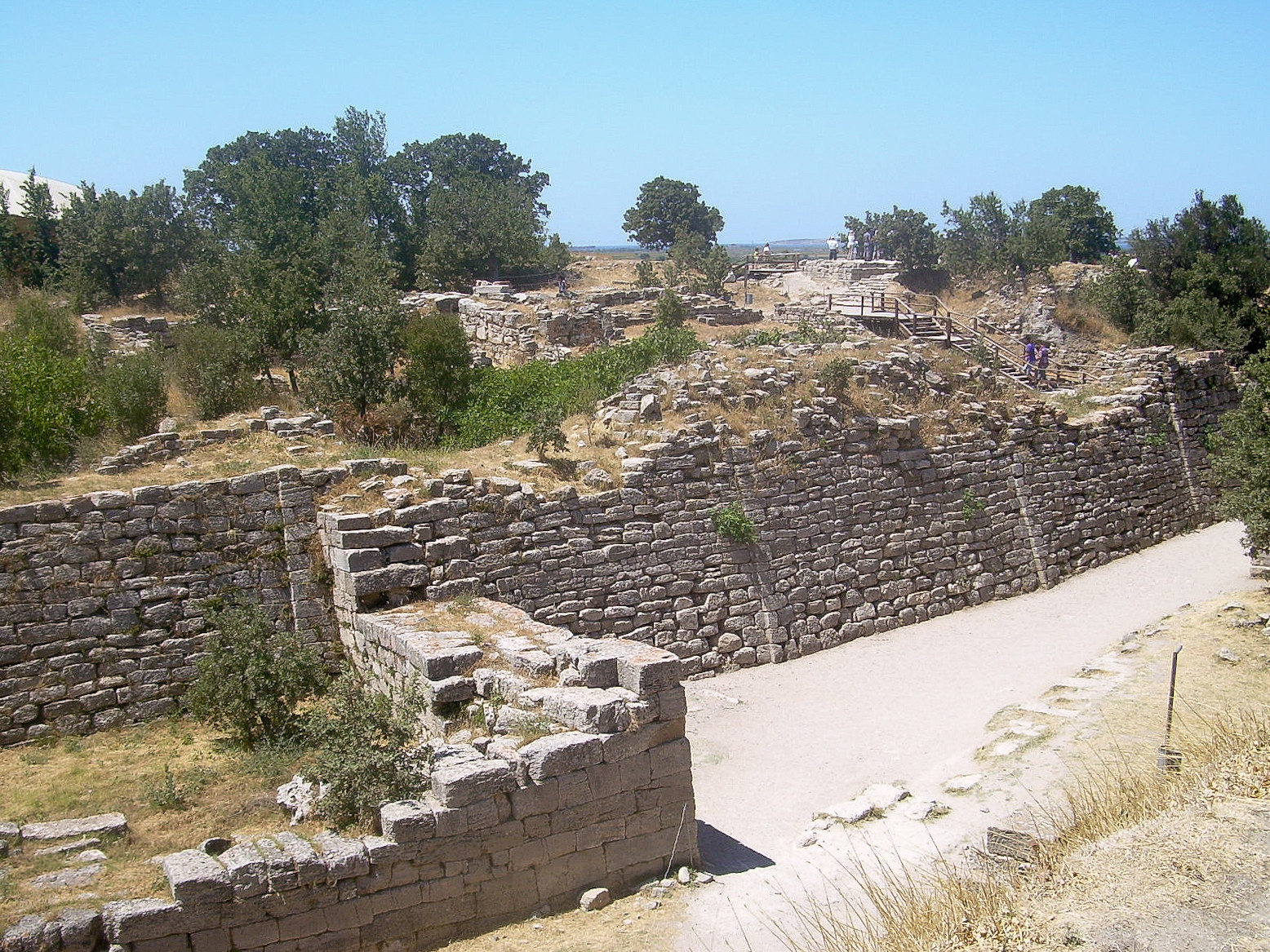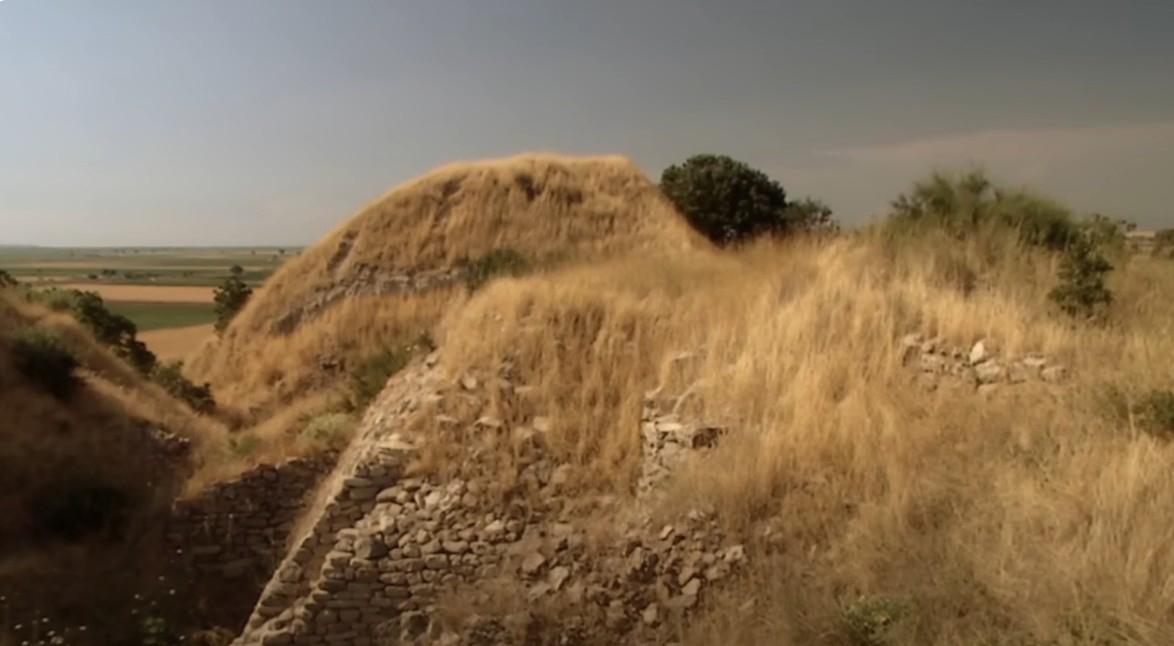In 2024, archaeologists announced a stunning discovery of the possible final moments of ancient Troy. Four skeletons were hauled up out of a burned-out layer of the city’s ruins near Hisarlik, Turkey. The find generated international attention, offering a rare glimpse into the lives and deaths of people who may have witnessed Troy’s final downfall.
The Ancient City Beneath The Earth
Troy, the famed city in Homer’s epic poem The Iliad, has had a strong pull on historians and mythologists alike for centuries. Excavations at the site show nine layers of settlement, each representing different eras of habitation. Rustem Aslan, a leading expert on Troy, has run digs there for years. The discovery was part of a new effort to explore under-investigated areas near the city’s outer walls.
Unearthing The Skeletons
The bodies were found in a shallow pit in a scorched section of the city’s lower town. The soil nearby was rich in ash and debris from a possible firestorm. Archaeologists found broken pottery, charred timbers, and rusted blade fragments. The debris seemed hastily buried or maybe left behind after a devastating outbreak of violence.
Identifying The Victims
The individuals were two adult males, and a female buried next to an infant. Signs of blunt force trauma and burned bone suggest they died violently, likely during an attack. No jewelry or elaborate goods were buried with them, but the location near defensive structures implies they may have been part of the city’s last stand or simply trapped during its destruction.
Coming Face To Face With A Legend
The find reignited debate over the historical truth behind Homer’s tale. The Iliad is a blend of myth and memory, but many scholars now believe the war it describes has a factual basis. The skeletons could be the first direct evidence of a siege or battle in line with Troy’s final Bronze Age layer, a possible tangible link of the epic poem with historical reality.
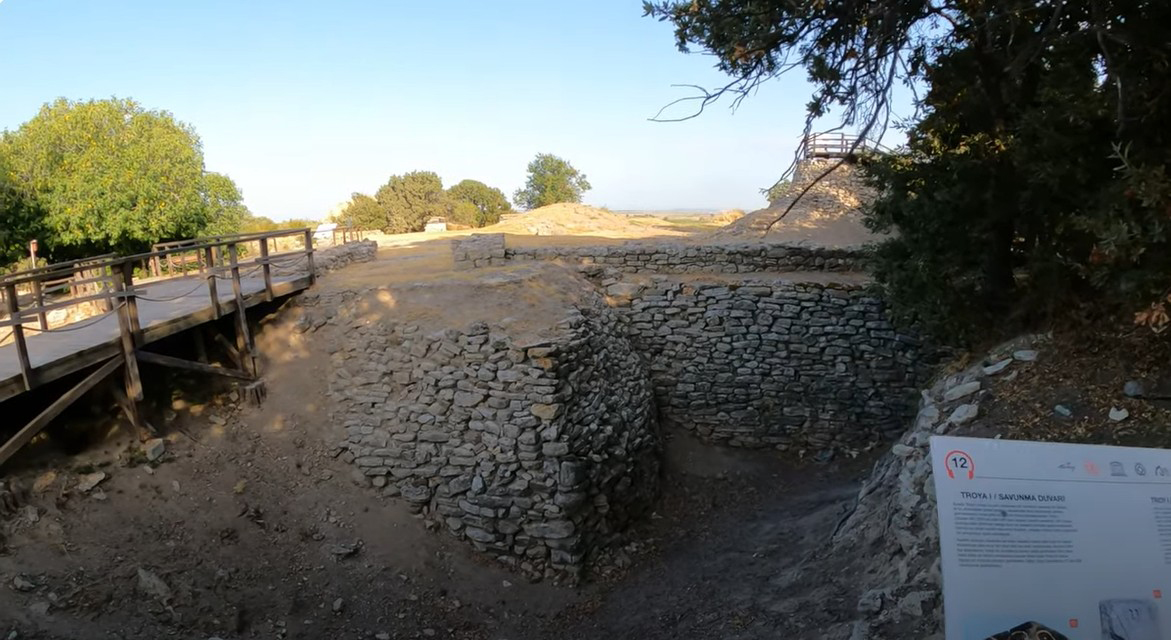 The Ancient city of Troy, My History Culture and Beach Adventures, YouTube
The Ancient city of Troy, My History Culture and Beach Adventures, YouTube
Testing Confirms The Timeline
Radiocarbon dating puts the remains at 1200 BC, consistent with the generally accepted time of Troy’s collapse. DNA testing is ongoing to determine if the victims were related or locals. Soil samples confirm exposure to intense heat, supporting the idea of a catastrophic fire. These details merge to form a cohesive narrative of sudden, violent downfall during a siege or invasion.
Troy’s Final Chapter Rewritten
Until now, interpretations of Troy’s fall ranged from earthquake to gradual abandonment. This new discovery supports the theory of a dramatic end from warfare and humanizes the people who lived and died in Troy. The find could redefine how we see the city’s final collapse and its significance in the larger context of the Bronze Age.
Scholars Say It Proved The Legend
Experts have praised the find as “a historic breakthrough.” Some urge caution in drawing direct links to Homer. Others view the remains as tangible proof of ancient conflict. Plans are already full speed ahead for a symposium on the discovery, with researchers eagerly looking forward to analyze data and compare notes from other Late Bronze Age sites.
Taking The Discovery On The Road
The bodies have been carefully removed for conservation and further study. Aslan’s team will expand the excavation area to find out if more victims lie nearby. Museums in Turkey and Europe have expressed a keen interest in displaying the remains and other interesting artifacts, possibly as part of a traveling exhibition highlighting the reality of what was once considered no more than a myth.
Closing One Chapter, Opening Another
Digging up these four unfortunate people in Troy shuts the door on one historical chapter and flings another wide open. Whether they were defenders, bystanders, or victims of war, their presence here speaks of the human cost of Troy’s downfall. Bridging legend with hard science, this find confirms that real people lived, fought, and died on what the poet Tennyson called “the ringing plains of windy Troy”.
You May Also Like:
The amazing discovery at Sutton Hoo overturned everything we thought we knew about the Anglo-Saxons.
The Ancient City In Louisiana Built 3,000 Years Before The Arrival Of Columbus


